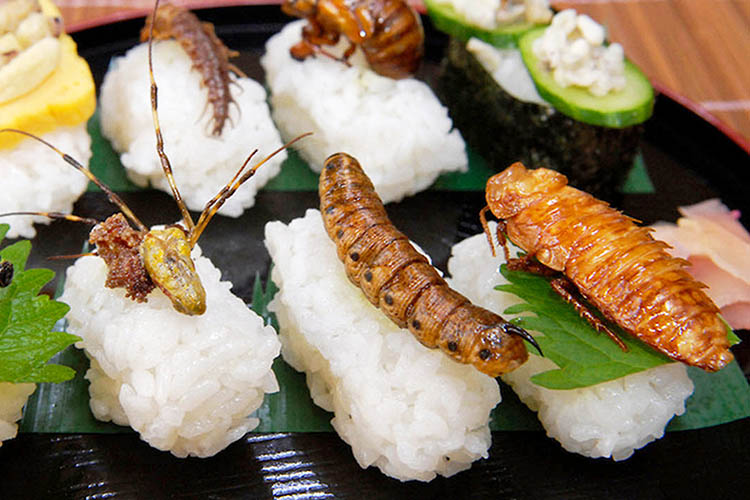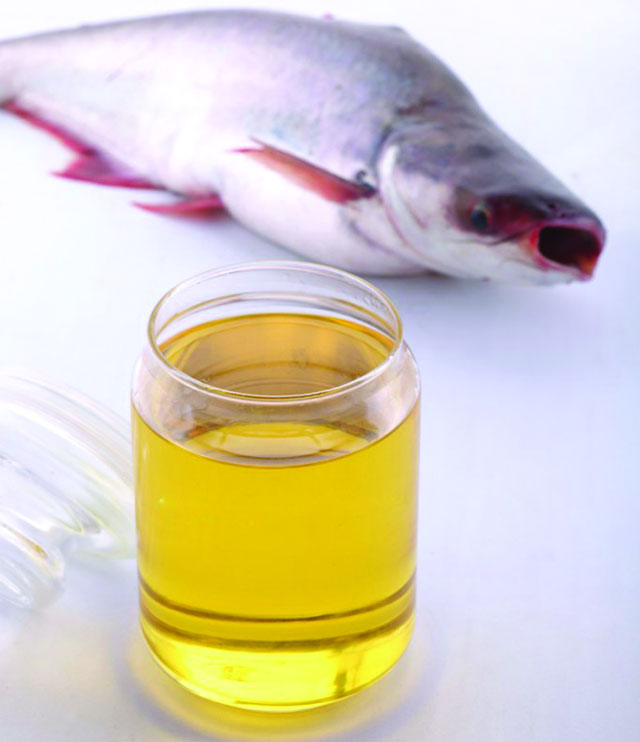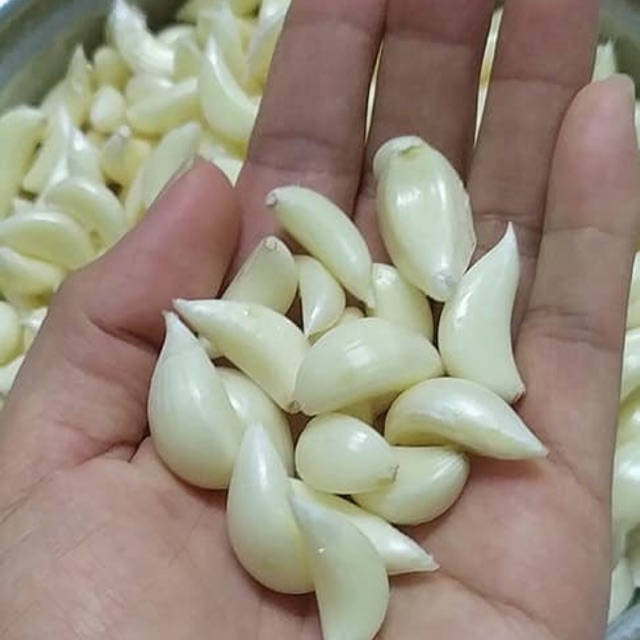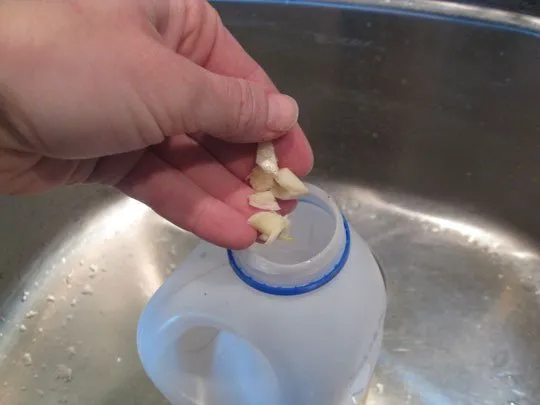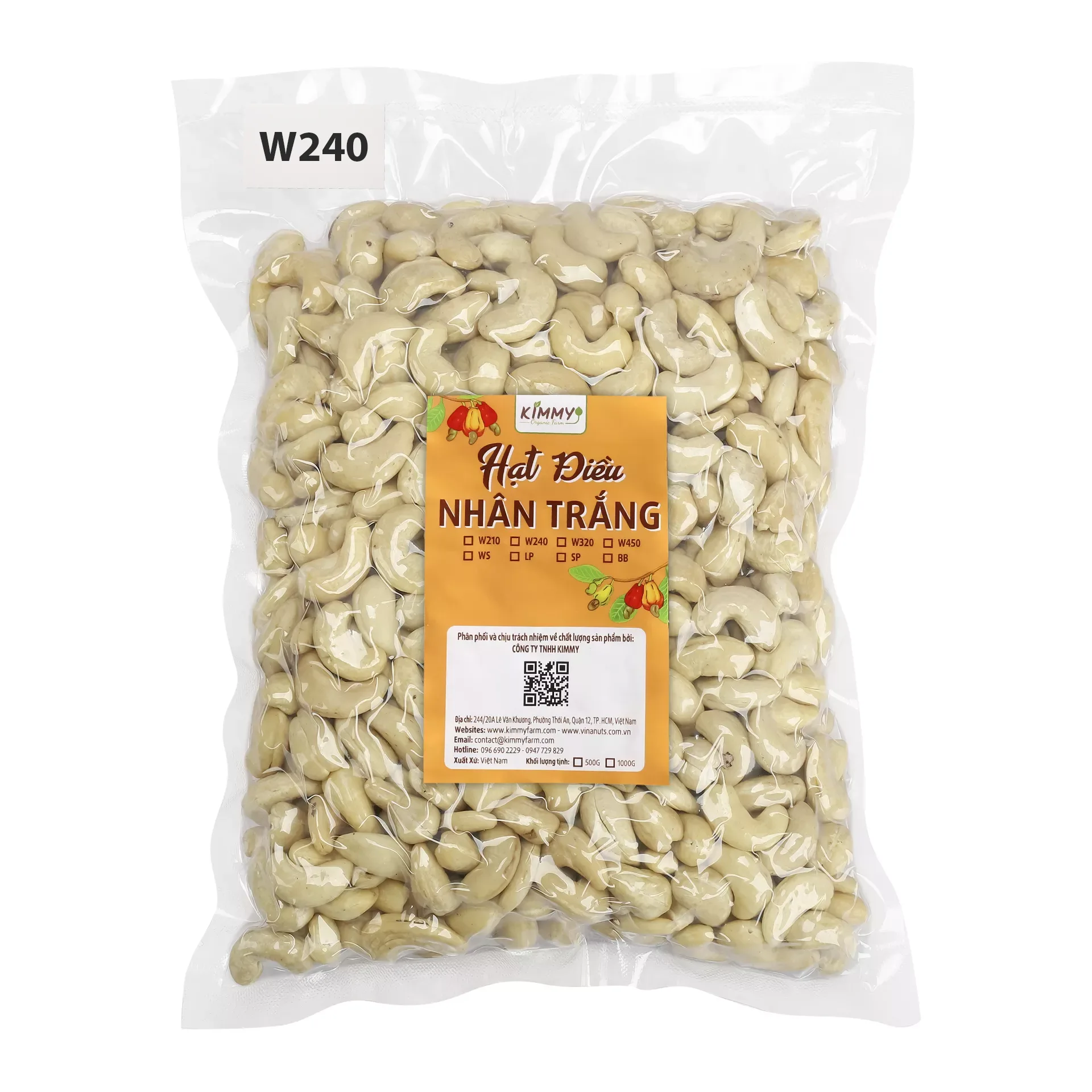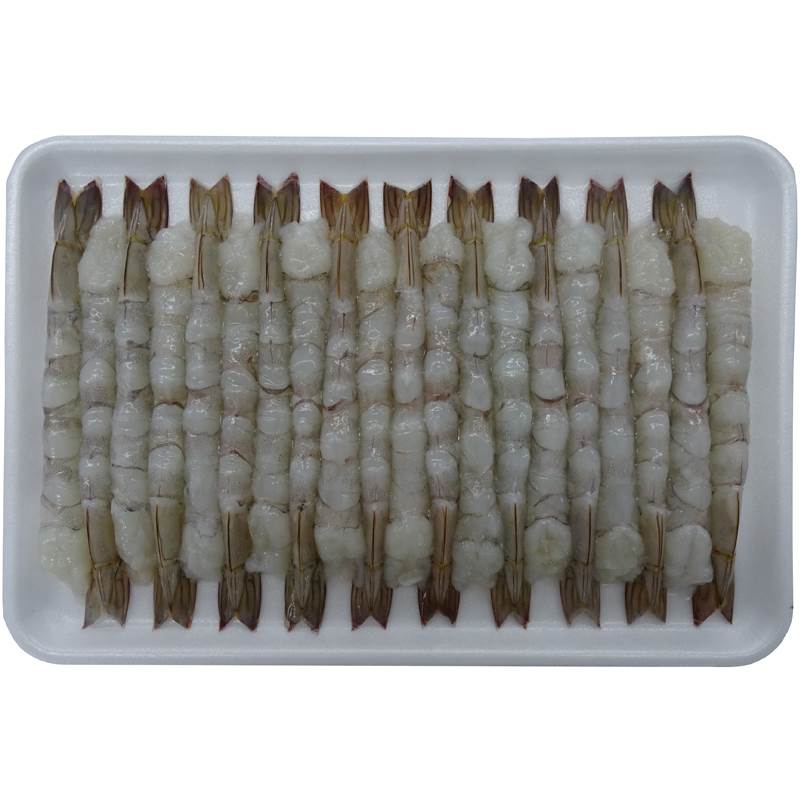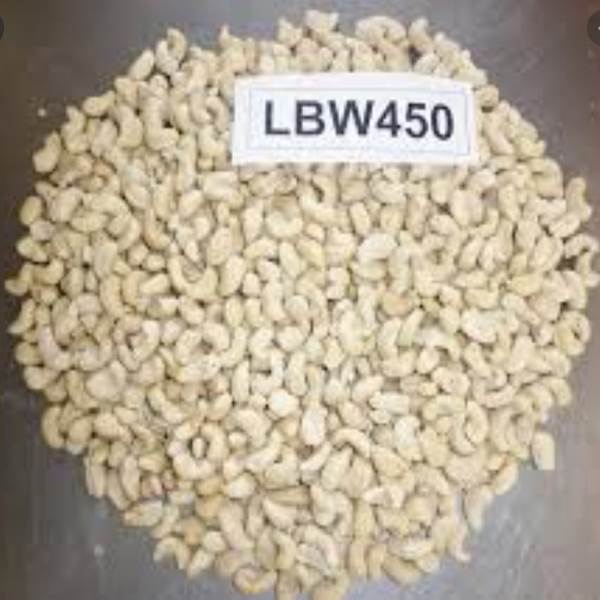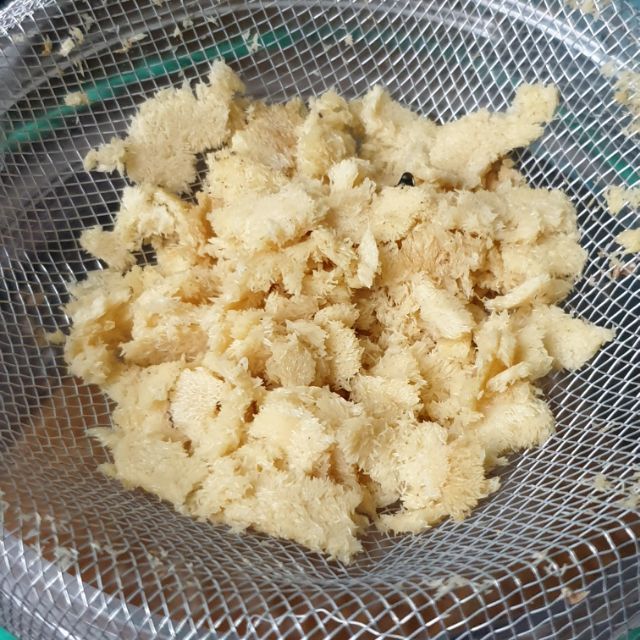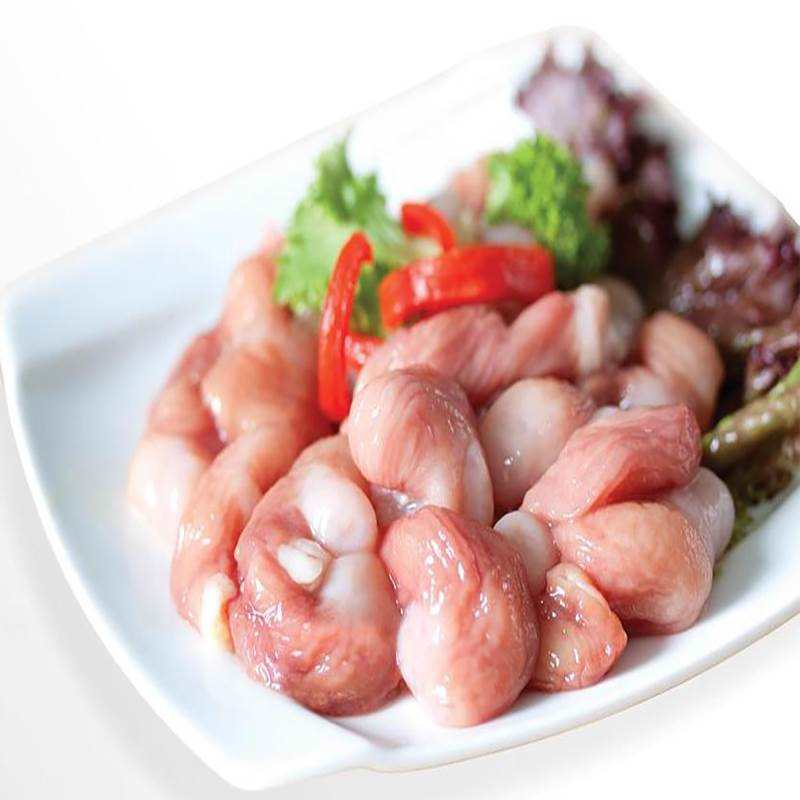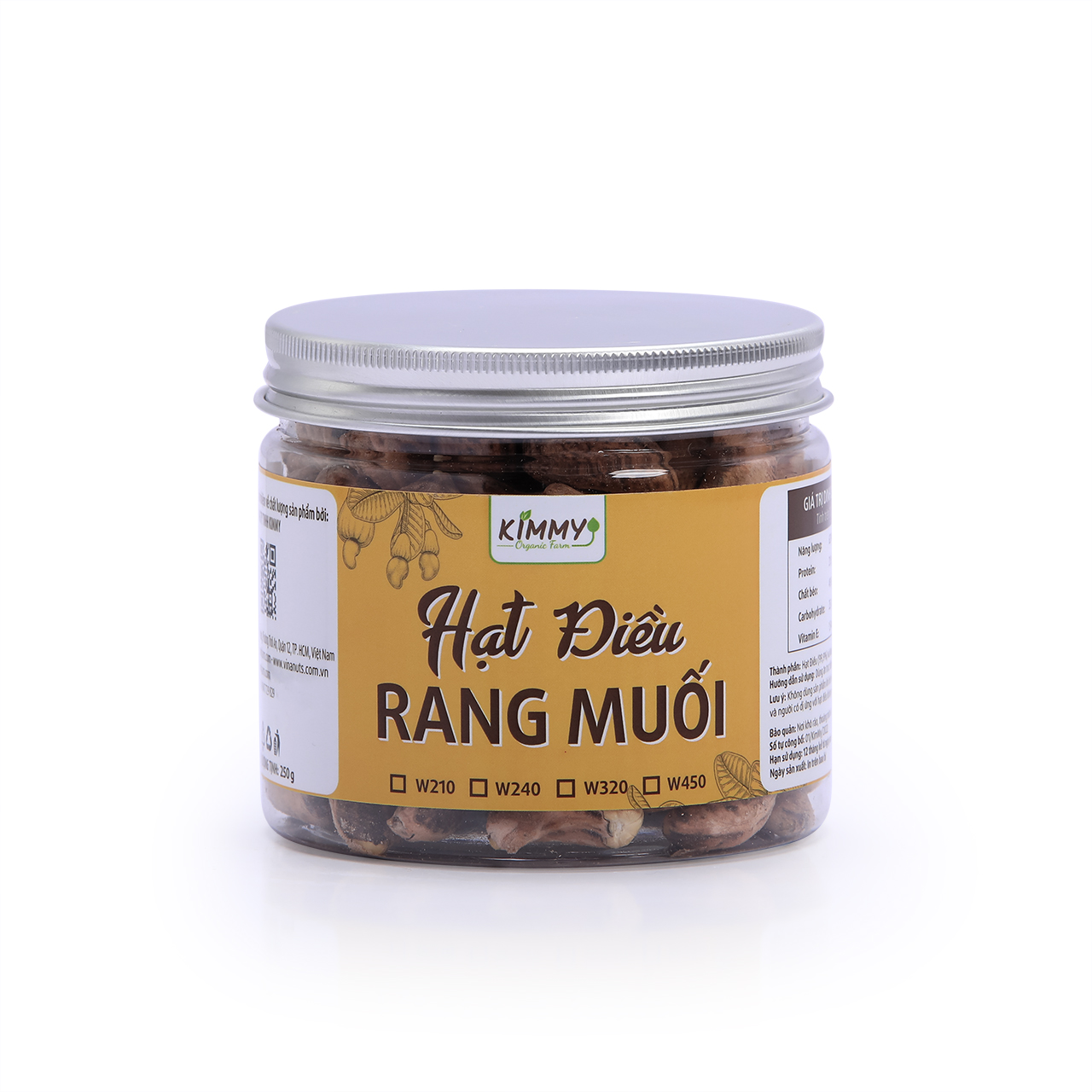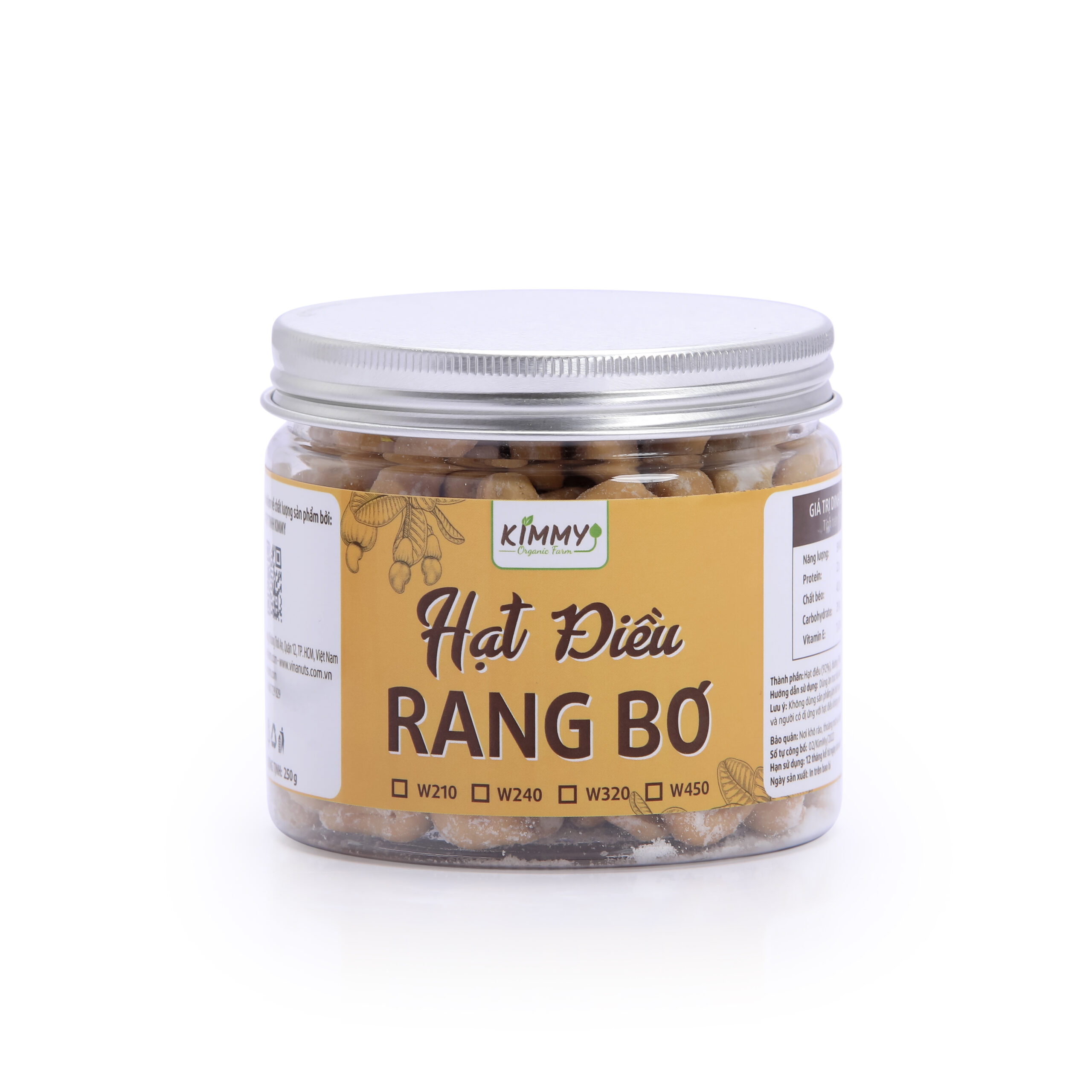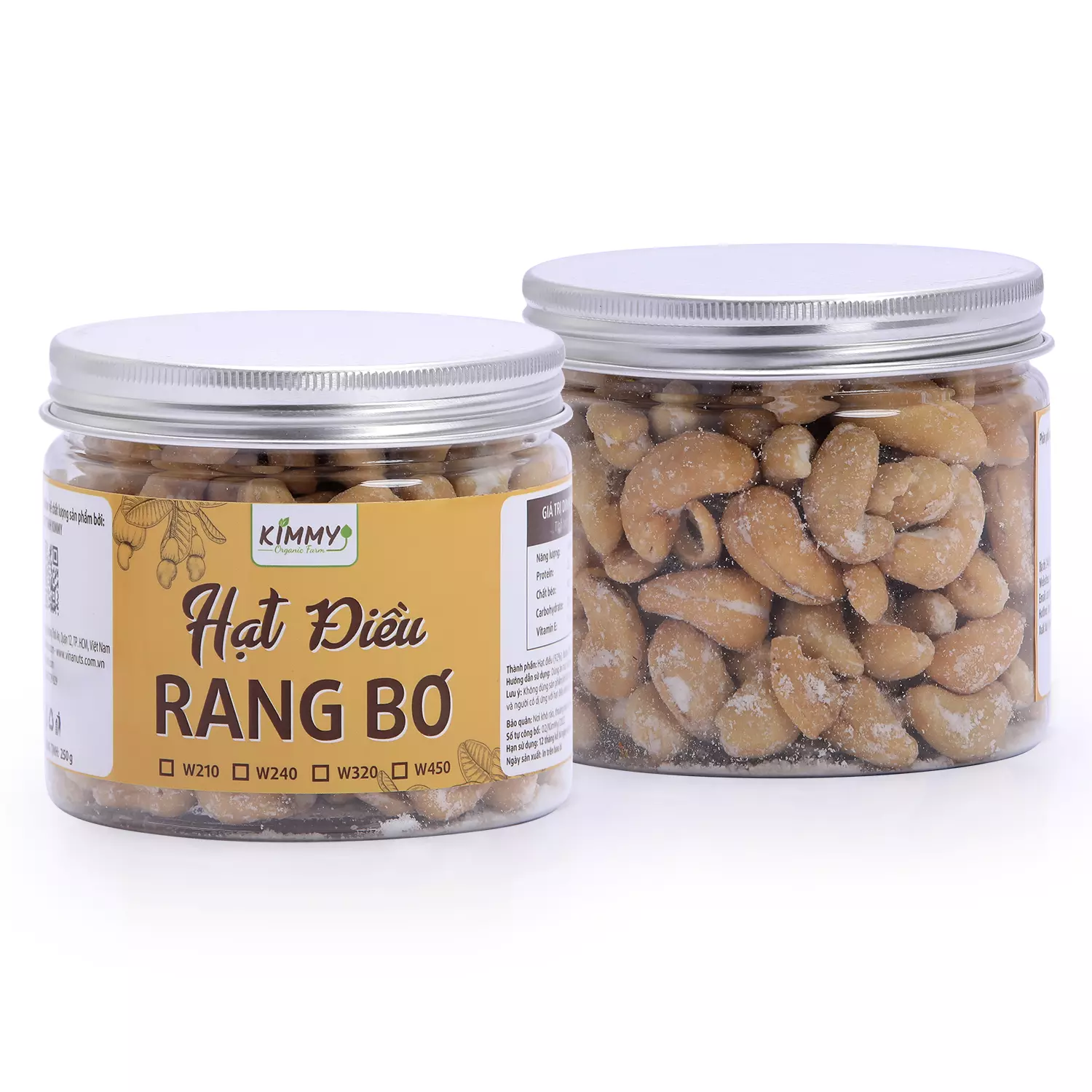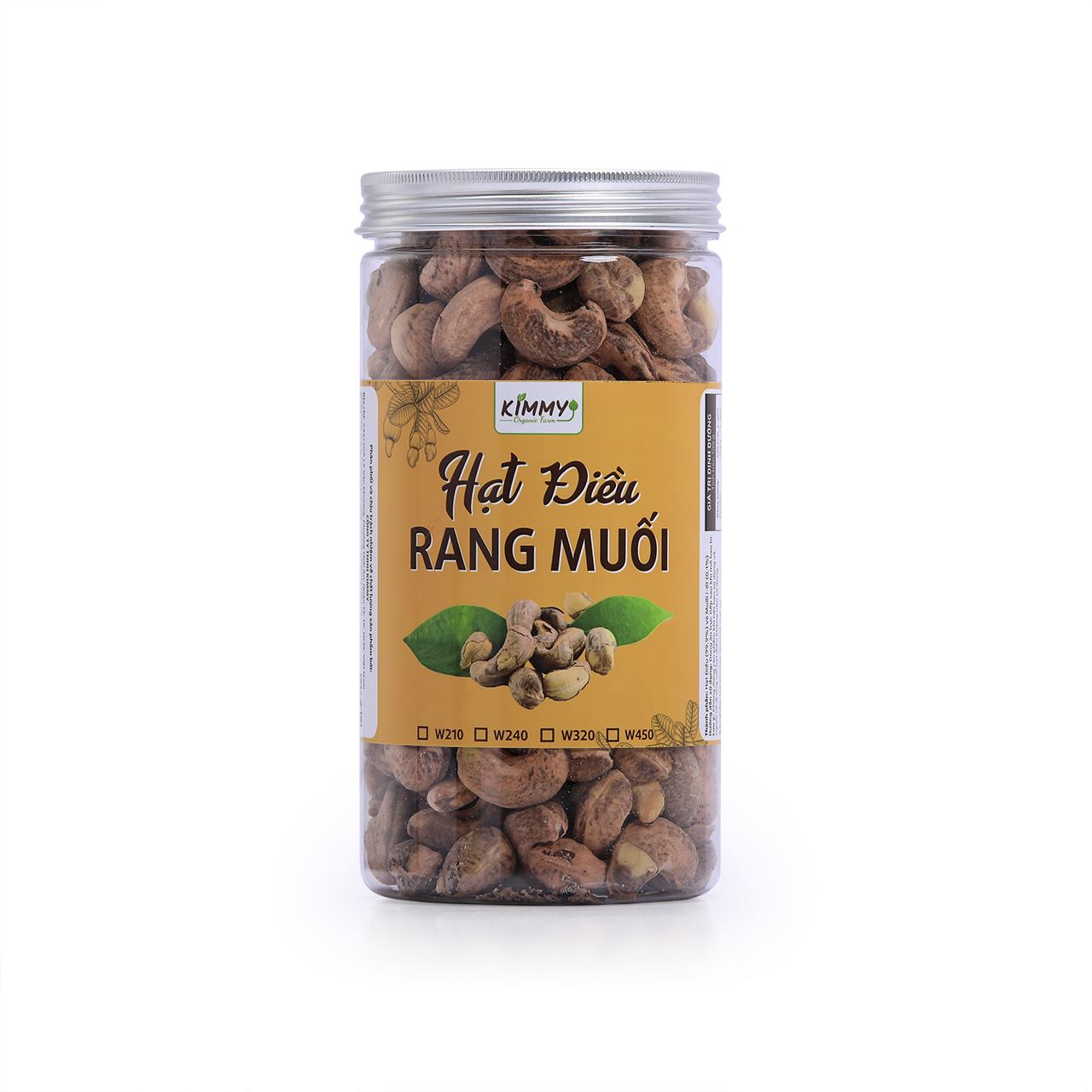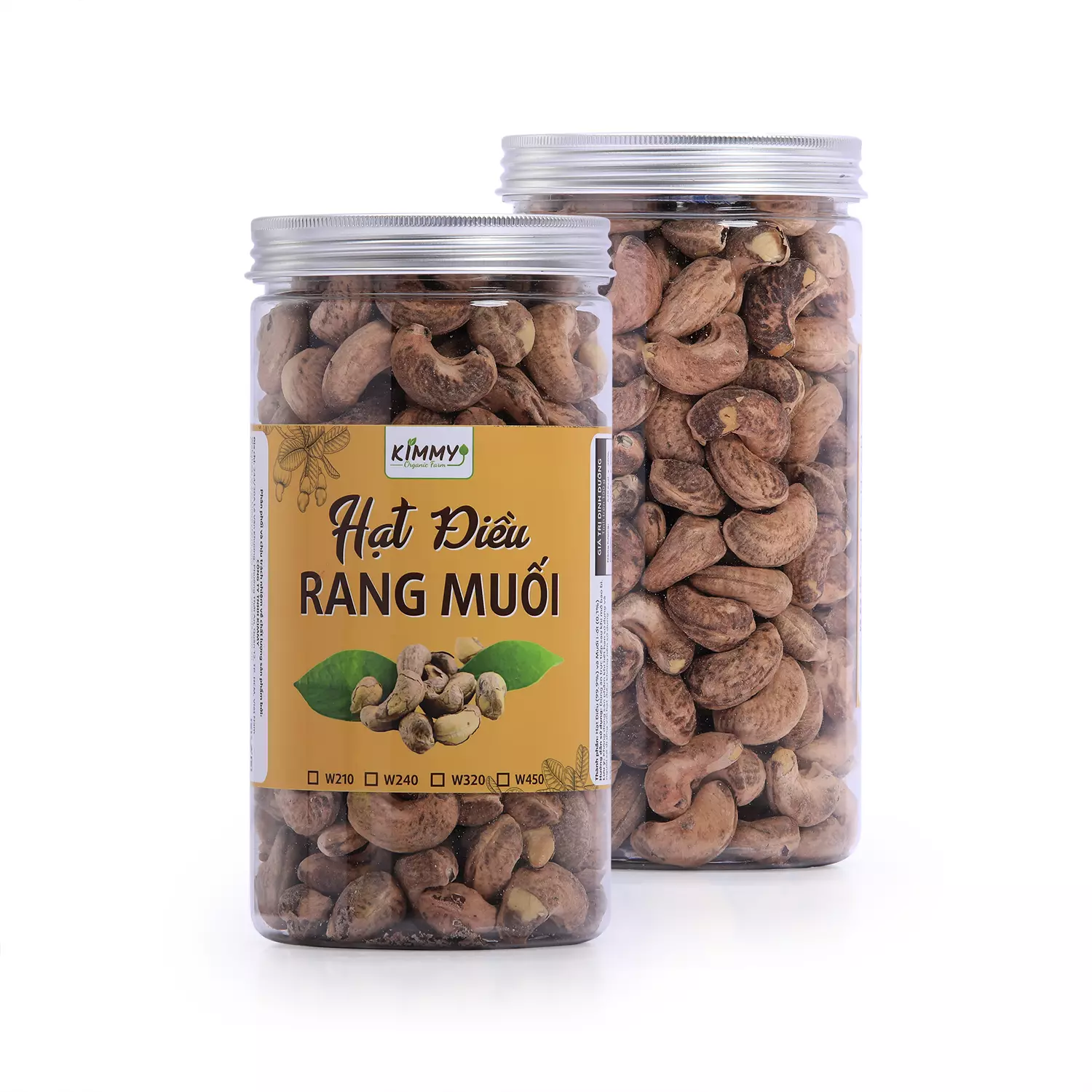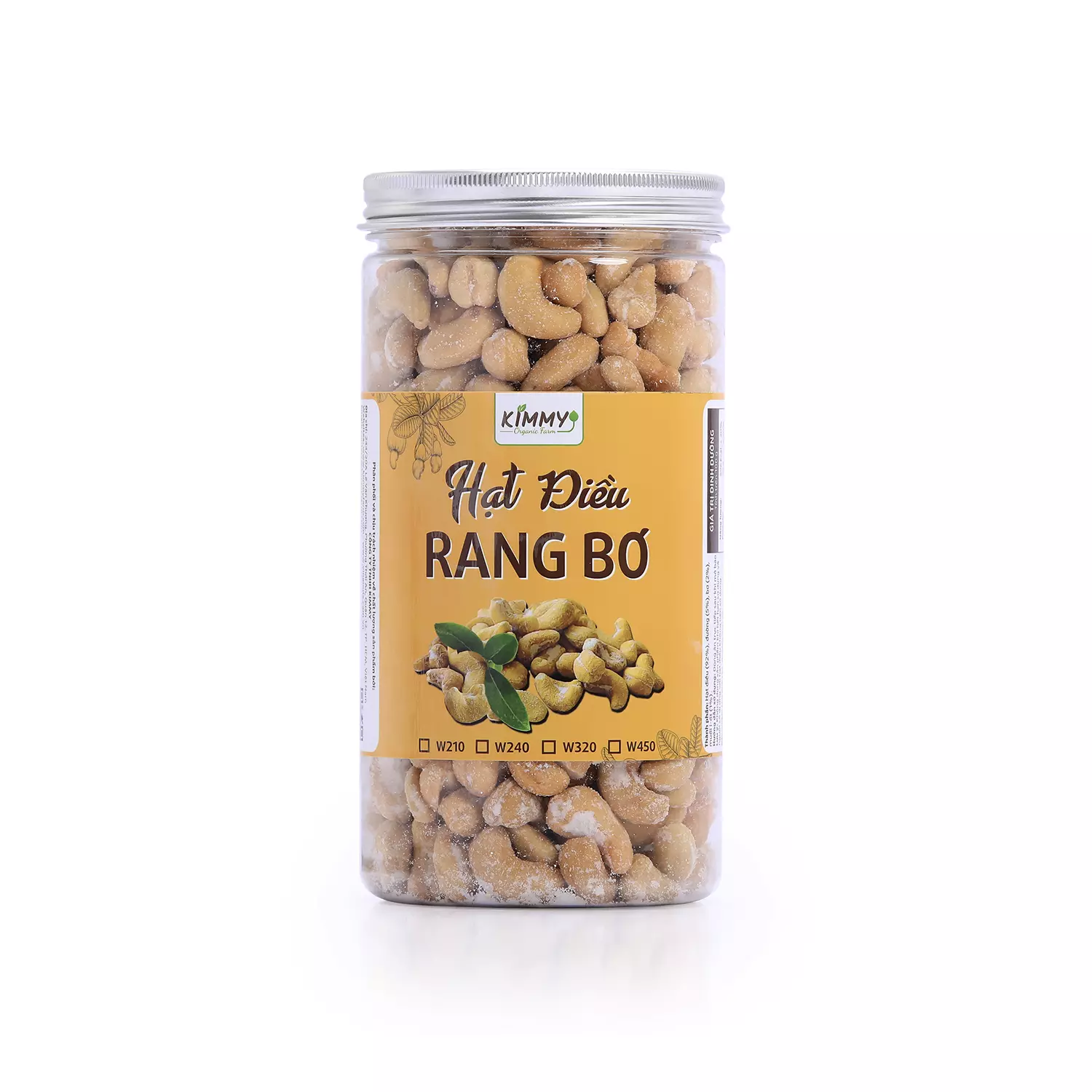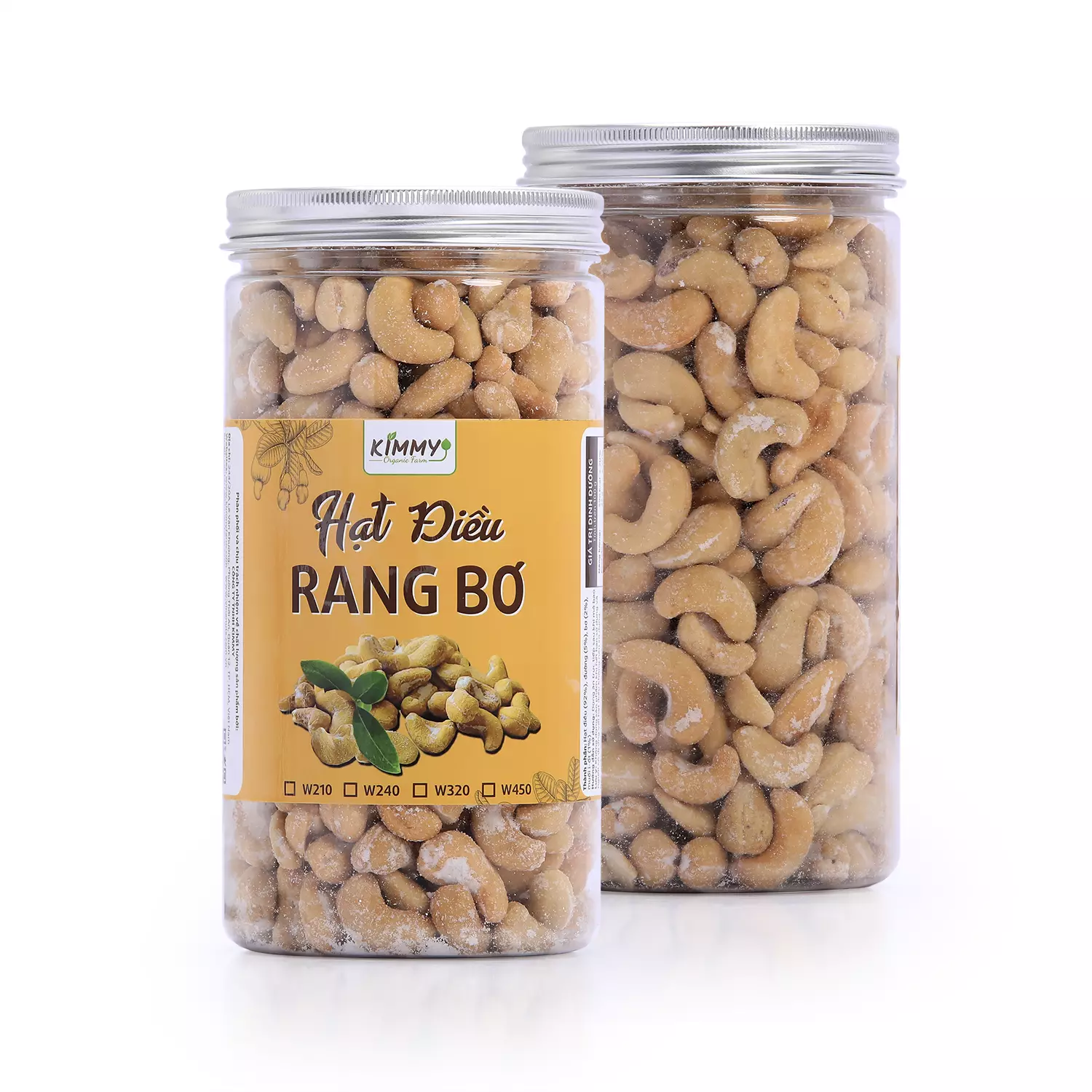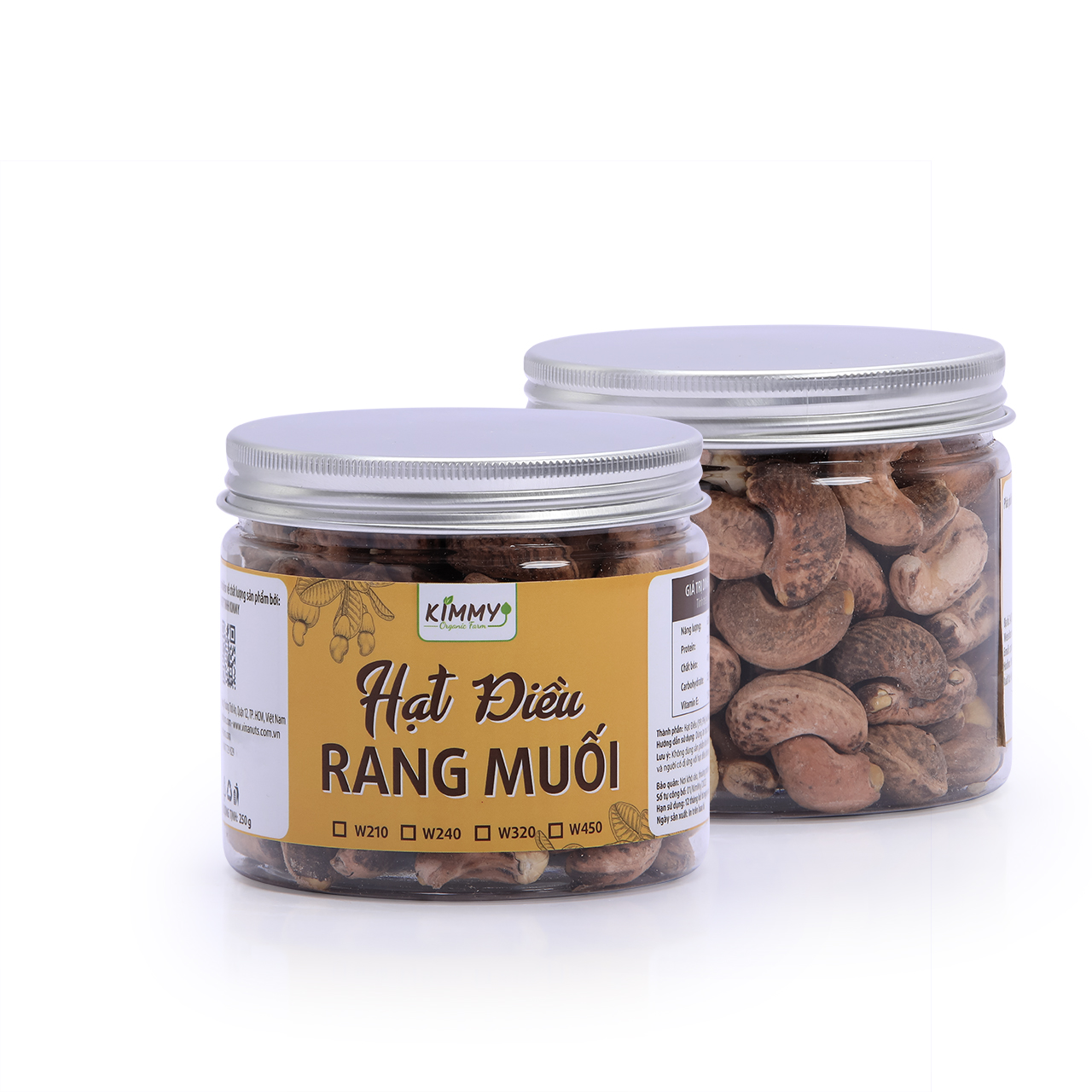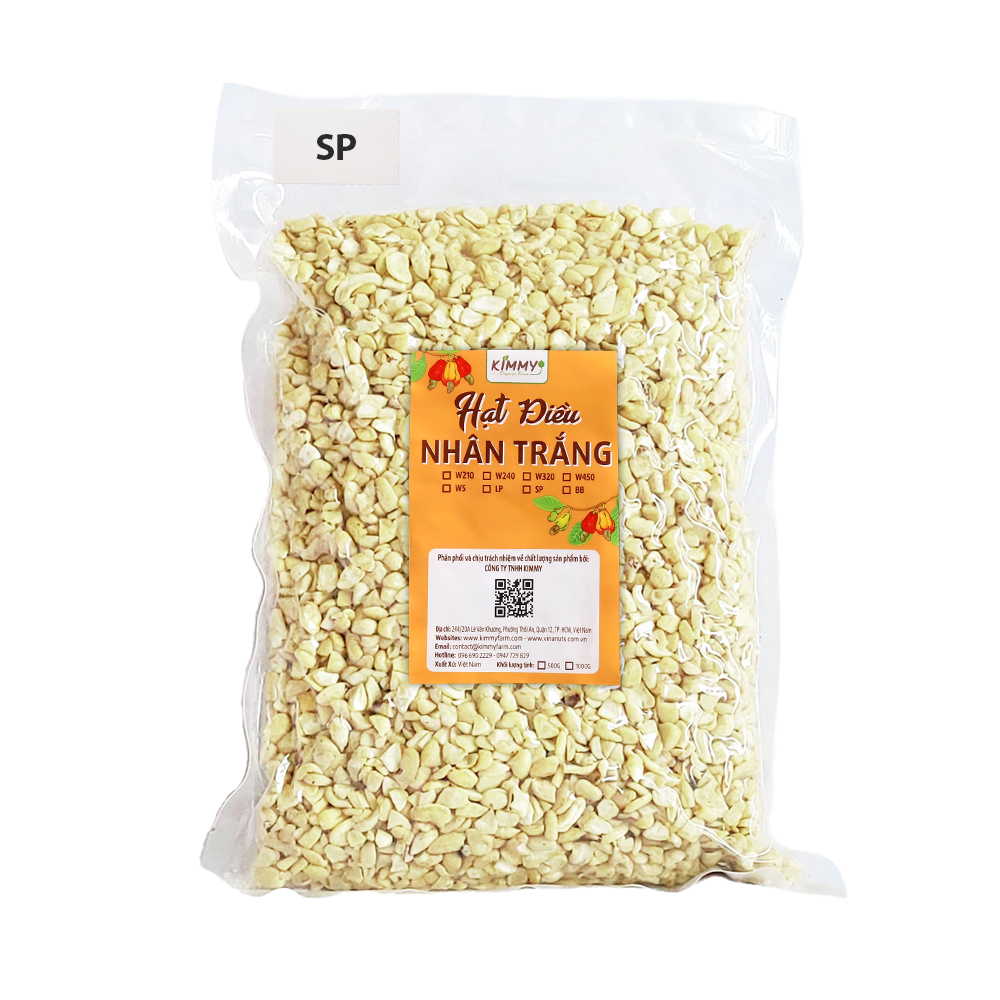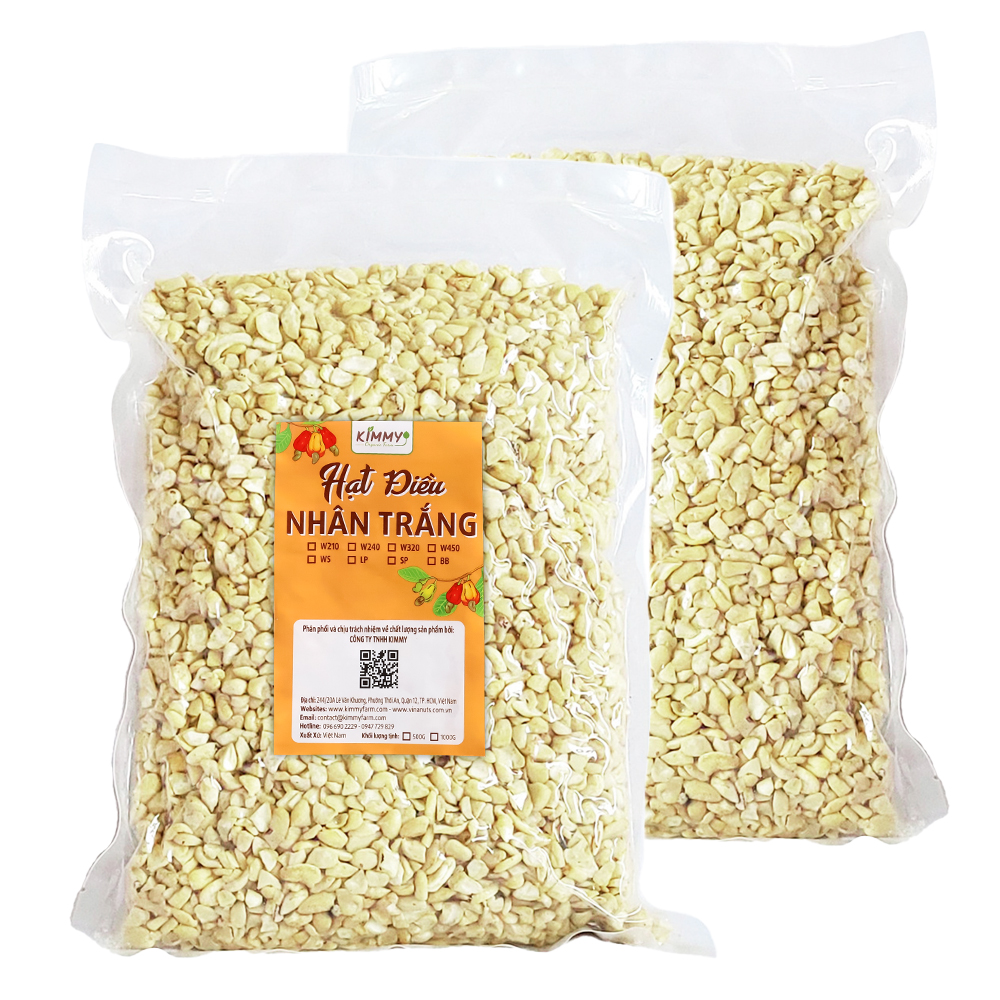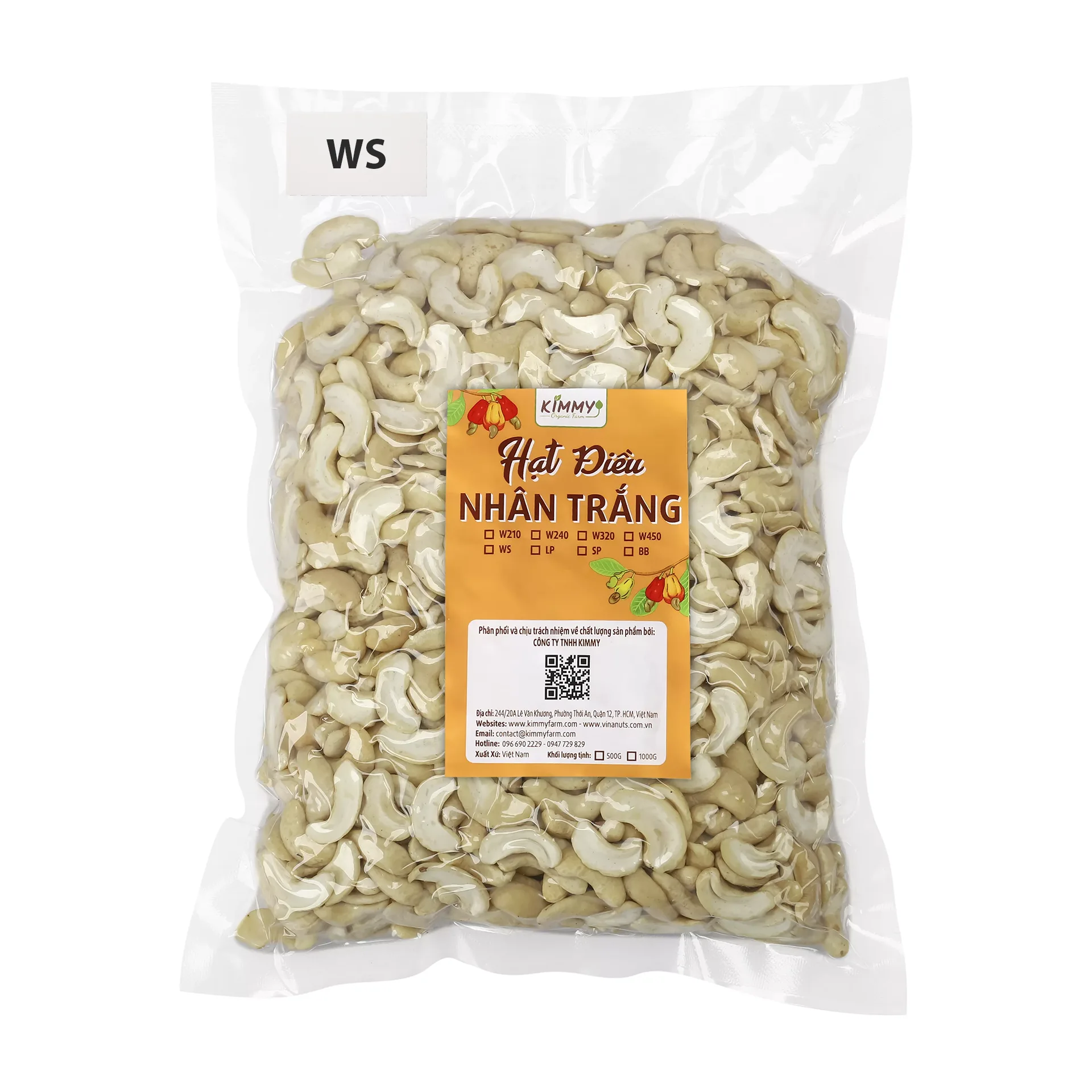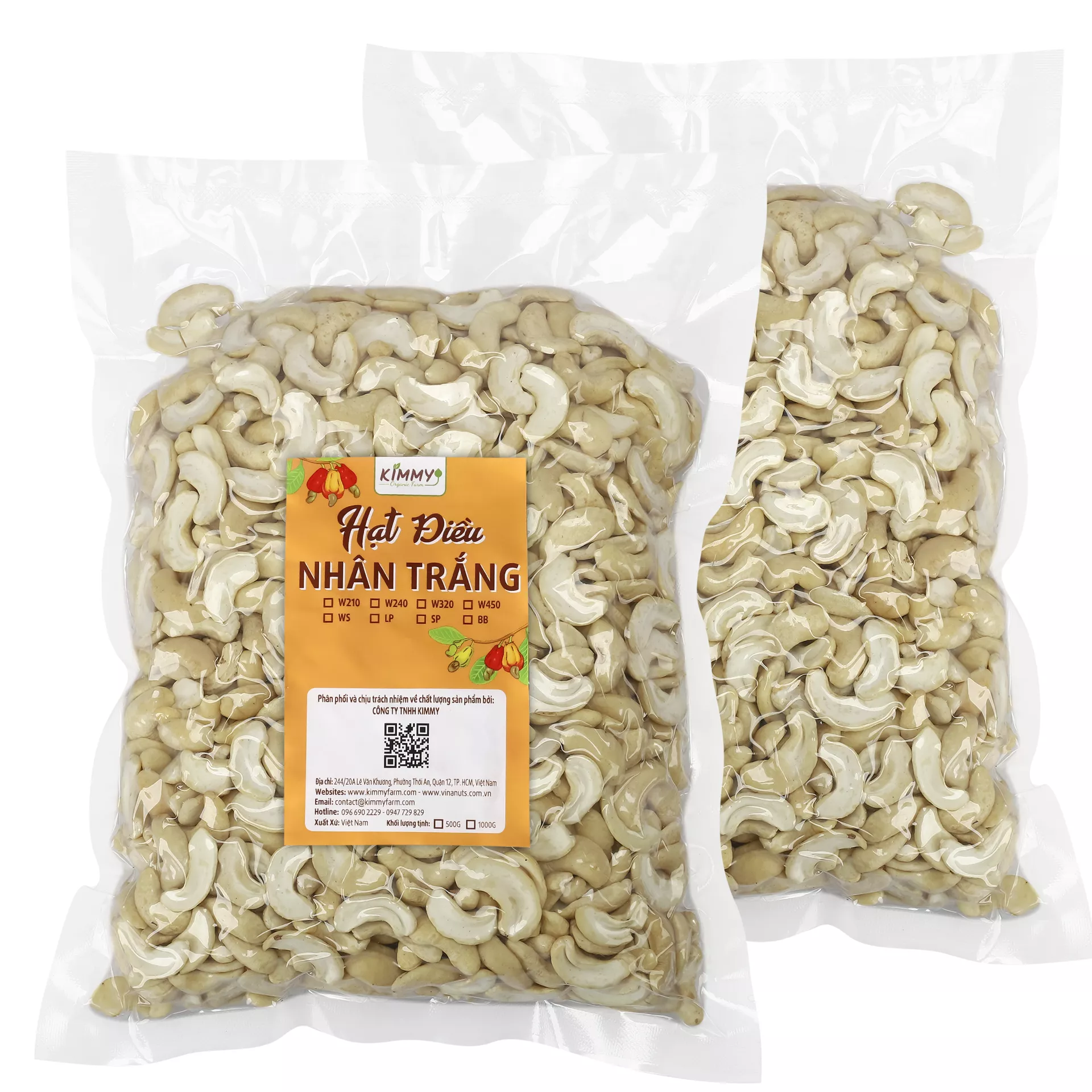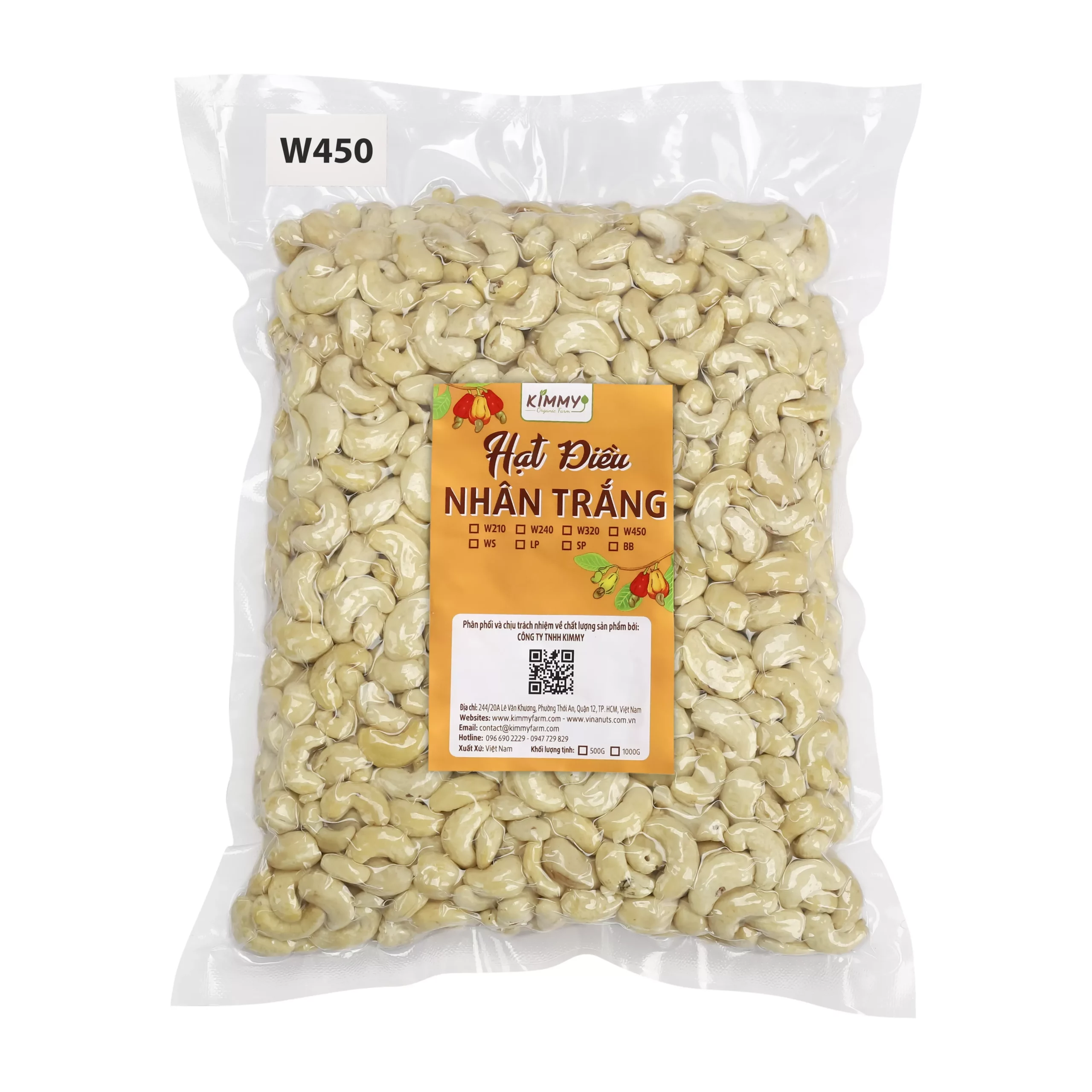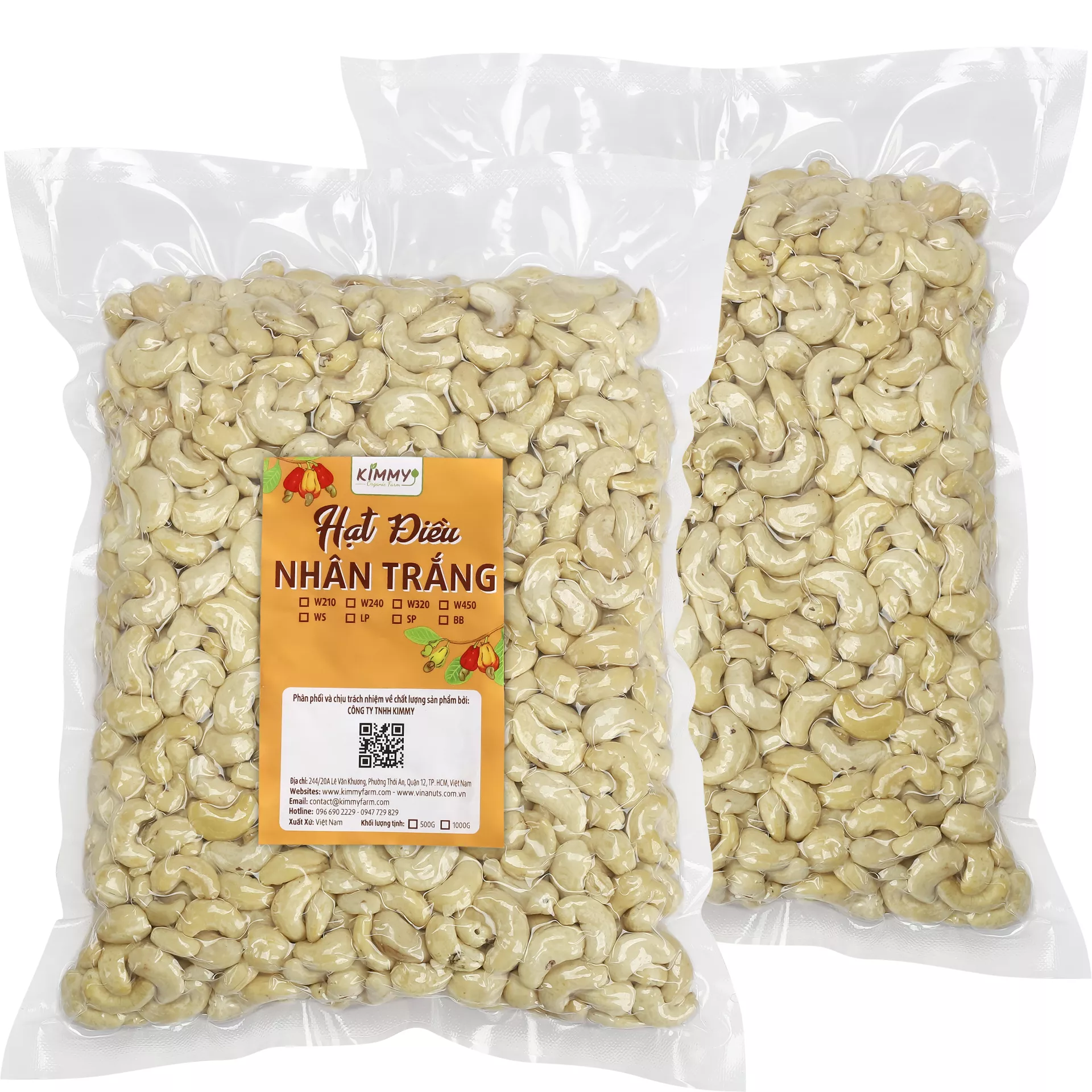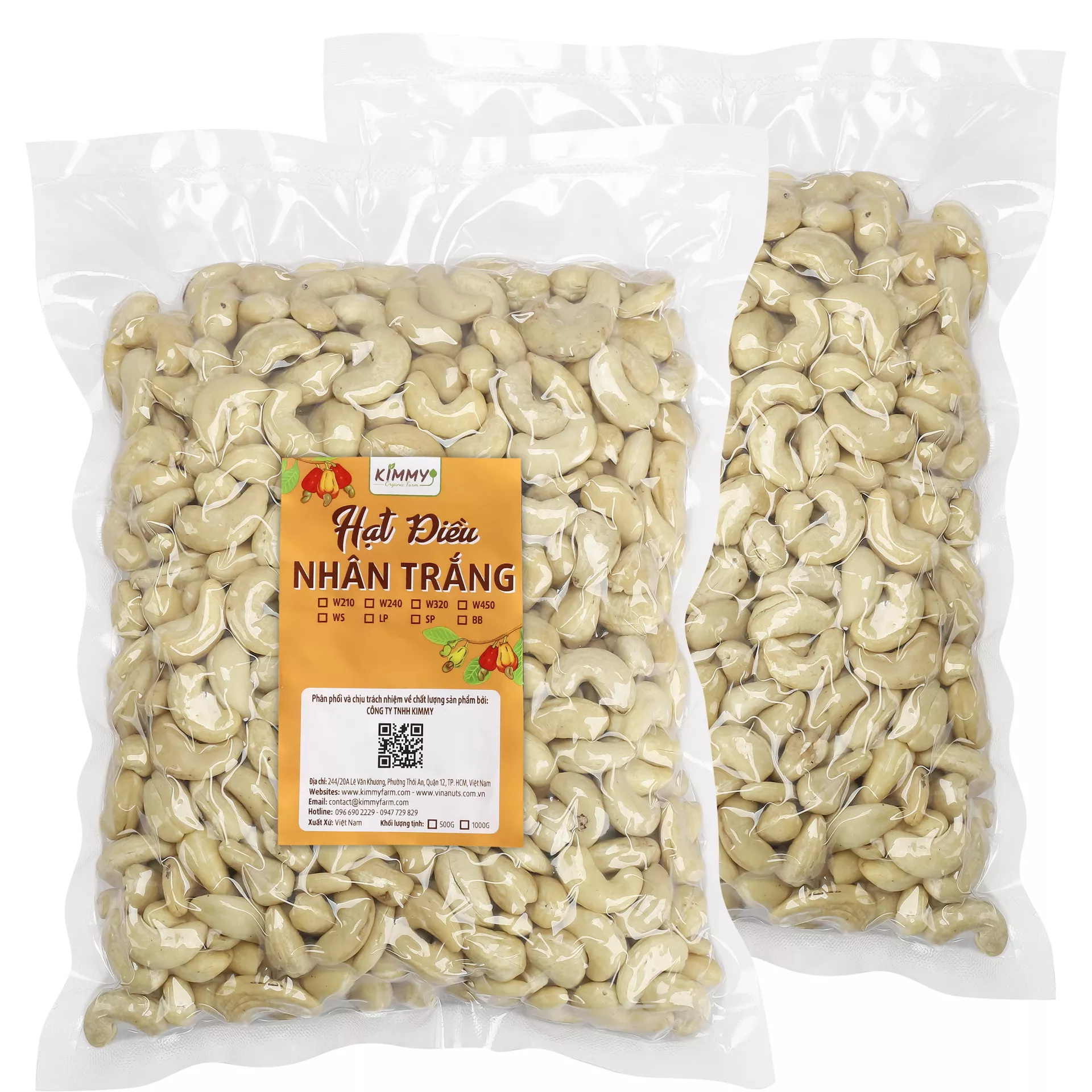Vietnam is a country with a mild and favorable climate, making its agriculture highly developed. Garlic is grown in many regions across the country, and thanks to the diversity in soil, weather, and cultivation methods, Vietnamese garlic comes in a wide range of shapes, flavors, and quality levels. Not only is Vietnamese garlic well-known domestically, but it has also gained popularity in international markets. Let’s explore and learn how to distinguish the most common types of garlic grown in Vietnam!
Lý Sơn Garlic
If you’re Vietnamese, you’ve surely heard of Lý Sơn garlic, a specialty from the famous Lý Sơn island. This garlic is known for its rich, pungent aroma and flavor, which comes from the island’s unique volcanic soil, formed from lava eruptions thousands of years ago.
Lý Sơn garlic comes in three types:
- Regular garlic: Contains many small cloves, each smaller than a pinky fingertip—some as tiny as a chopstick tip. The bulbs are small, just a bit bigger than a calamansi (tiny lime), and wrapped in bright white skin.
- Three-clove garlic: As the name suggests, each bulb has only three large cloves, each about the size of a thumb—very easy to peel. These bulbs have a yellowish tint and are commonly used for soaking in alcohol.
- Solo garlic (also known as single clove or “lonely garlic”): A very memorable name! It’s called so because each bulb contains just one large, round clove. This type is popular among homemakers for its ease of use and rich aroma. It’s rarer than the other types in Lý Sơn and thus often more expensive.
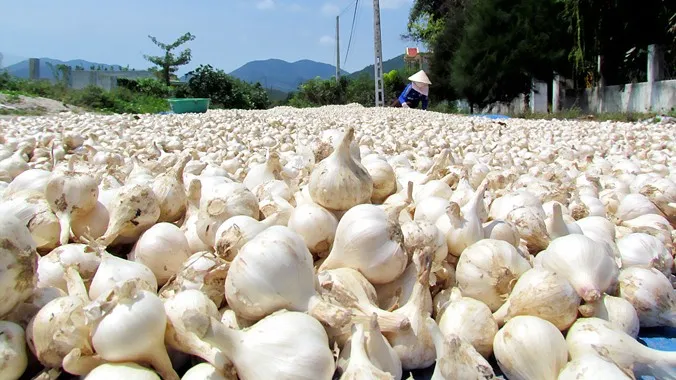
Phan Rang Garlic
Grown in Phan Rang (Ninh Thuận province), this garlic is famous for its spicy and strong smell, making it perfect for those who enjoy raw garlic. Due to the hot, dry climate year-round, the garlic cloves here are small, dry, and tightly packed. After harvest, the garlic is sun-dried to loosen the outer layers, then tied into bunches for sale.
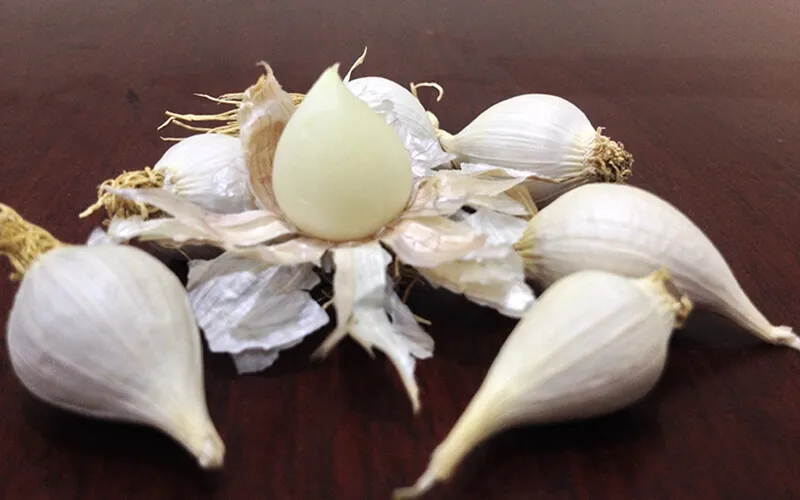
Hải Dương Garlic
Garlic from Hải Dương province is known for its large cloves and white skin with a slightly brown hue. It’s very easy to store—when stored properly, it can last up to one year. It’s also more affordable, priced around 50,000 – 60,000 VND per kilogram, making it a popular kitchen staple.
- Origin: Commonly grown in Hải Dương, Bắc Giang, and Bắc Ninh.
- Features: Large bulbs with a mild spicy taste.
Điện Biên Garlic
This garlic is similar to Lý Sơn’s solo garlic, but the cloves are longer rather than round. The outer skin is quite unique, with a pink-purple hue. Locals often call this “one-clove garlic” due to its shape.
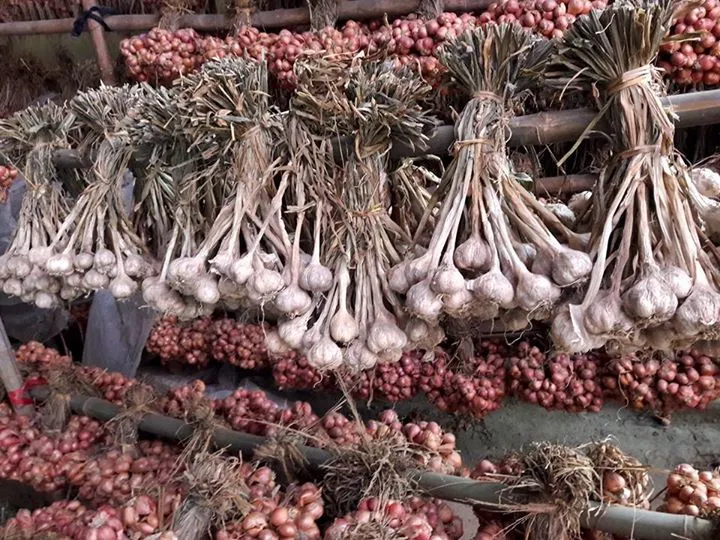
Khánh Hòa Garlic
Often confused with Lý Sơn garlic, Khánh Hòa garlic actually originates from the coastal province of Khánh Hòa in central Vietnam. It looks similar to Lý Sơn garlic on the outside, but has a milder flavor, is less spicy, and is more budget-friendly.
- Origin: Coastal lands of Khánh Hòa province.
- Features: May resemble Lý Sơn garlic in appearance, with a softer aroma and flavor.
Đà Lạt Garlic
This is one of the most commonly used types of garlic in Vietnam. The bulbs are large and firm, with many cloves inside. It is reasonably priced, making it accessible to a wide range of consumers. Its skin often has purple streaks or veins, or a purplish-brown tint. While it may not have a unique aroma like other regional garlic types, Đà Lạt garlic consistently ranks as one of the top-selling varieties.
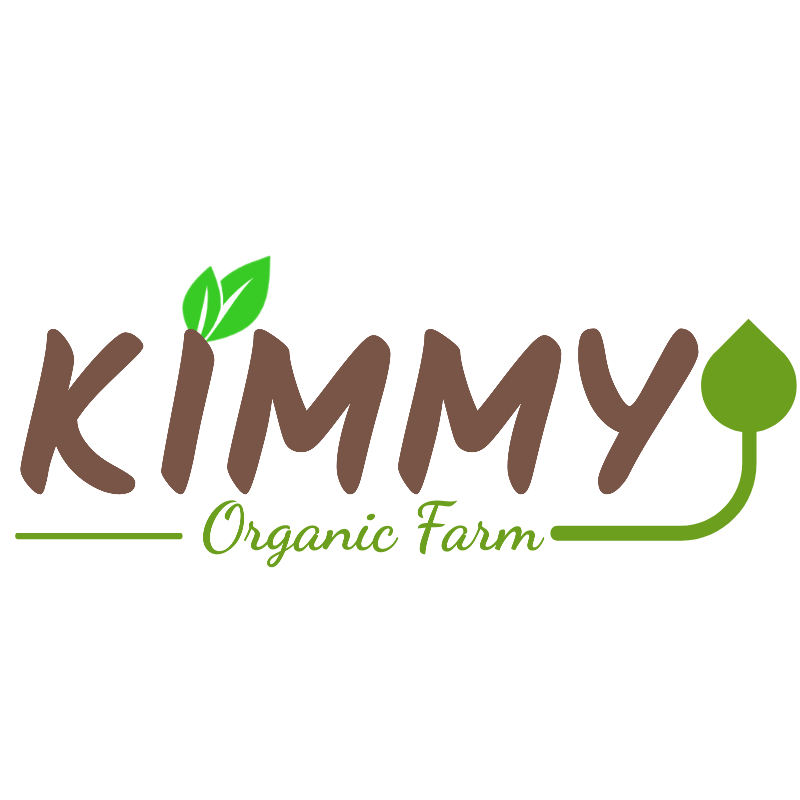
Chúng tôi là một thương hiệu chuyên sản xuất, thương mai và xuất khẩu các mặt hàng nông sản của Việt Nam. Chúng tôi có vùng trồng điều & nhà máy điều ở Bình Phước, trại nuôi ruồi lính đen ở Tây Ninh. Các mặt hàng xuất khẩu chính của Công ty là: hạt điều, hạt điều nhân, ruồi lính đen,… từ Việt Nam.

